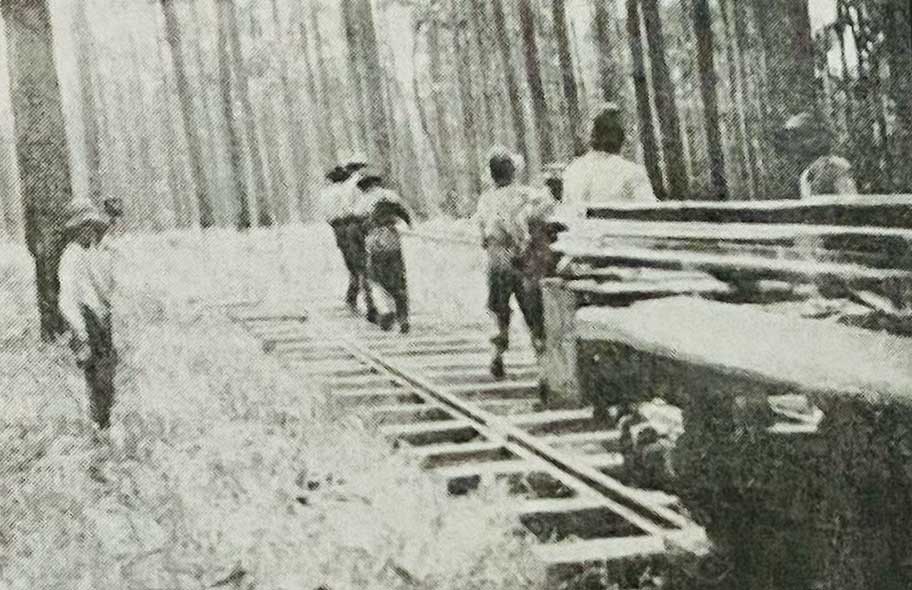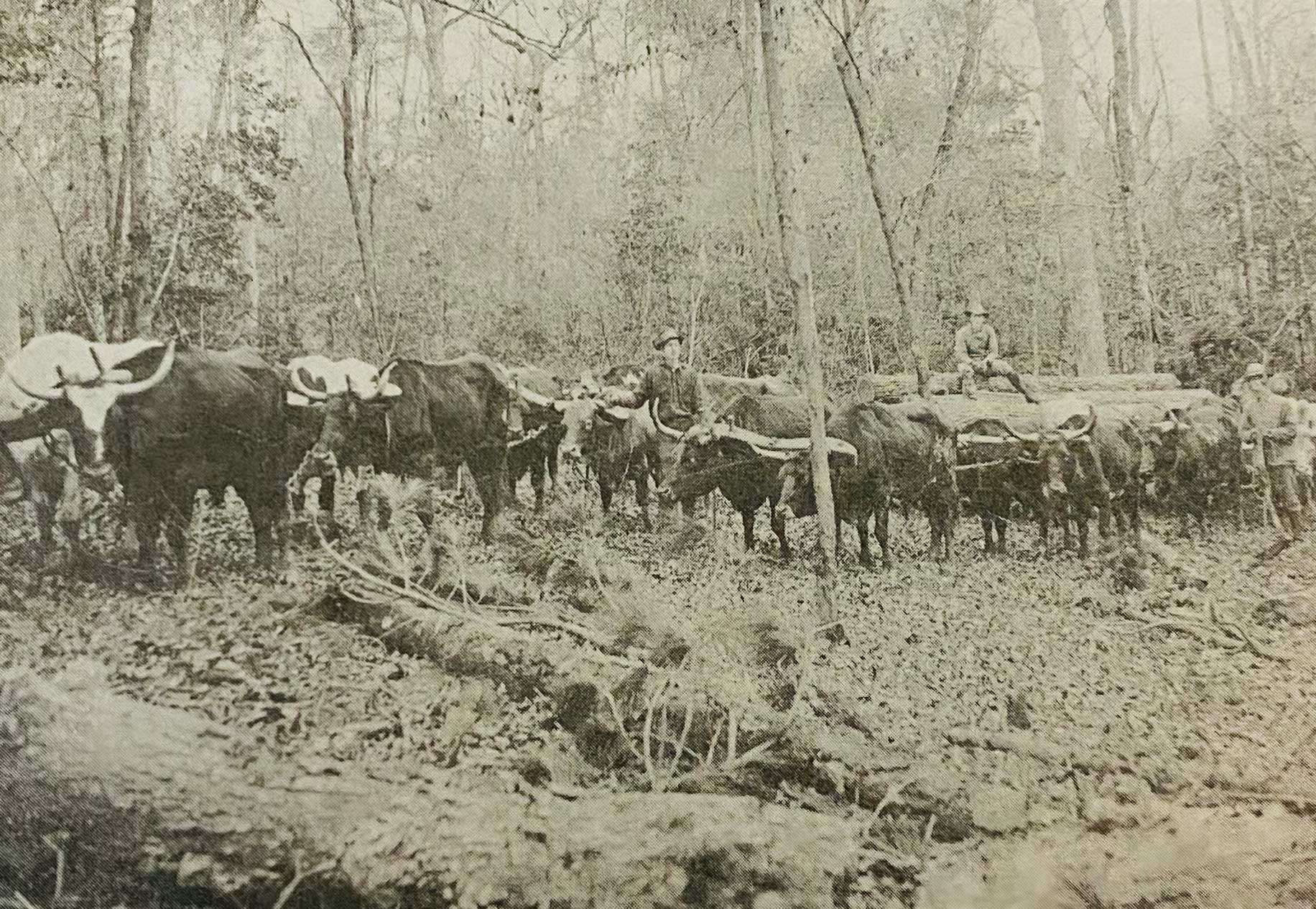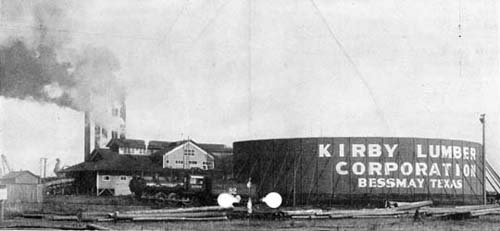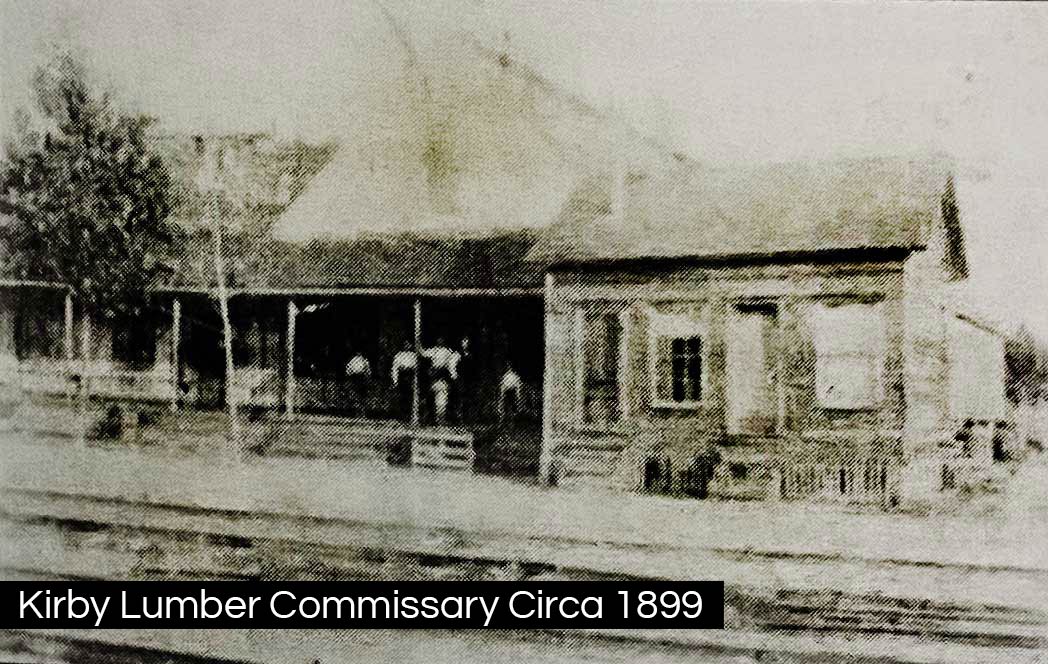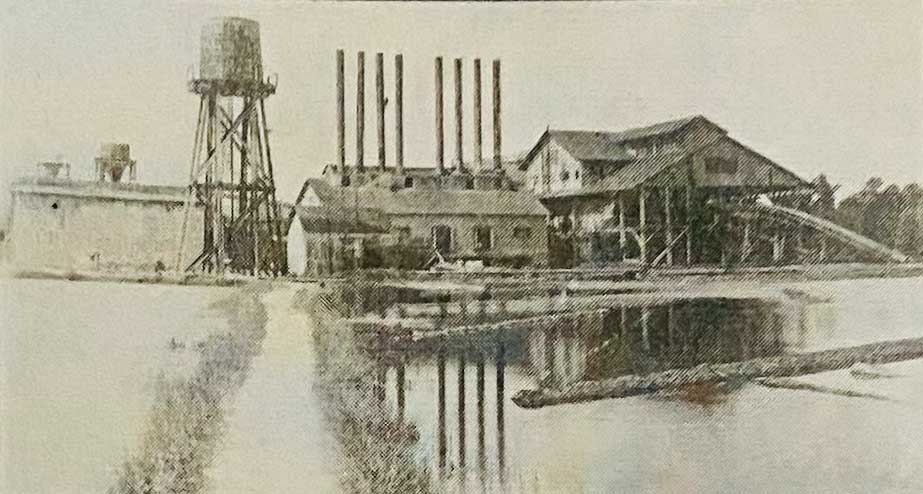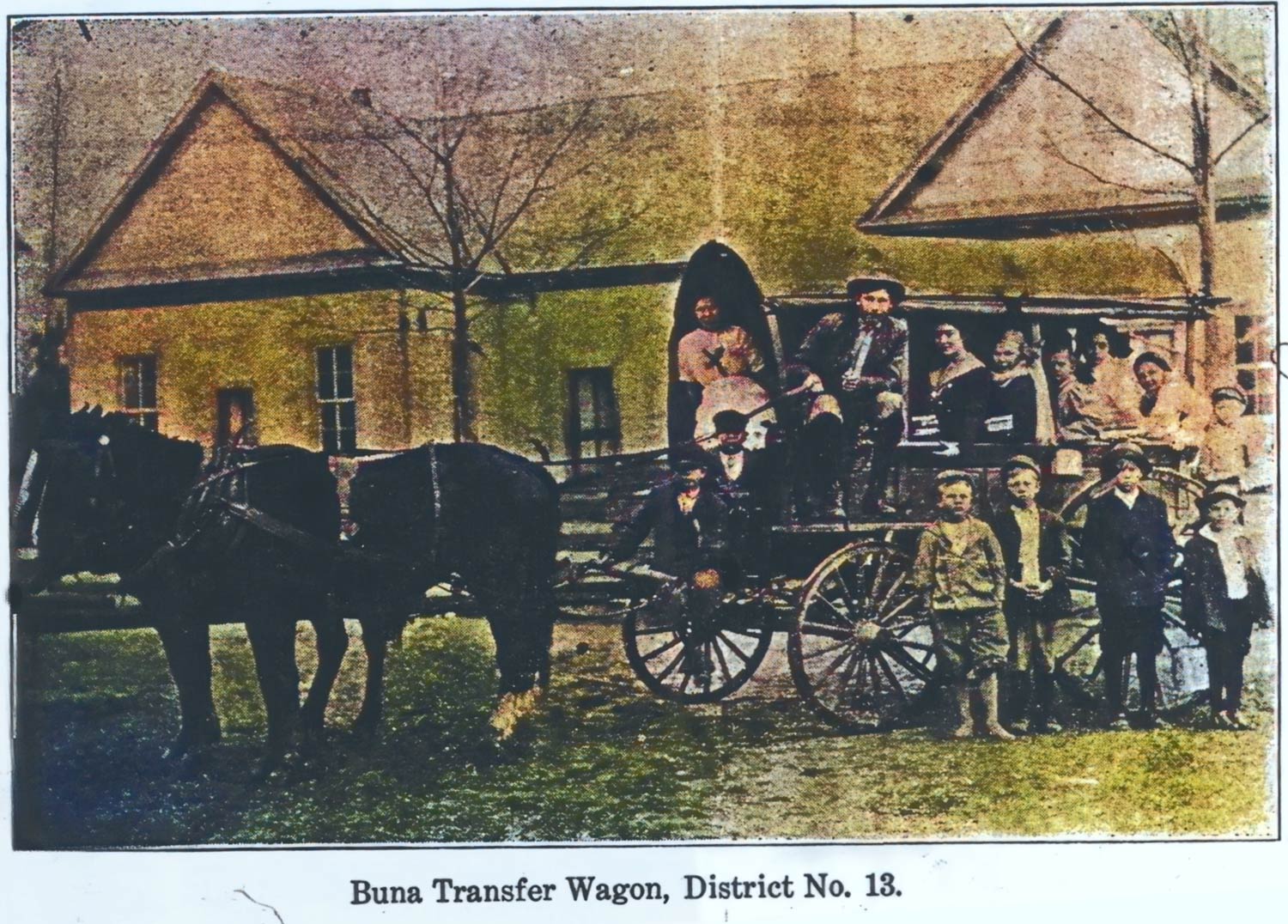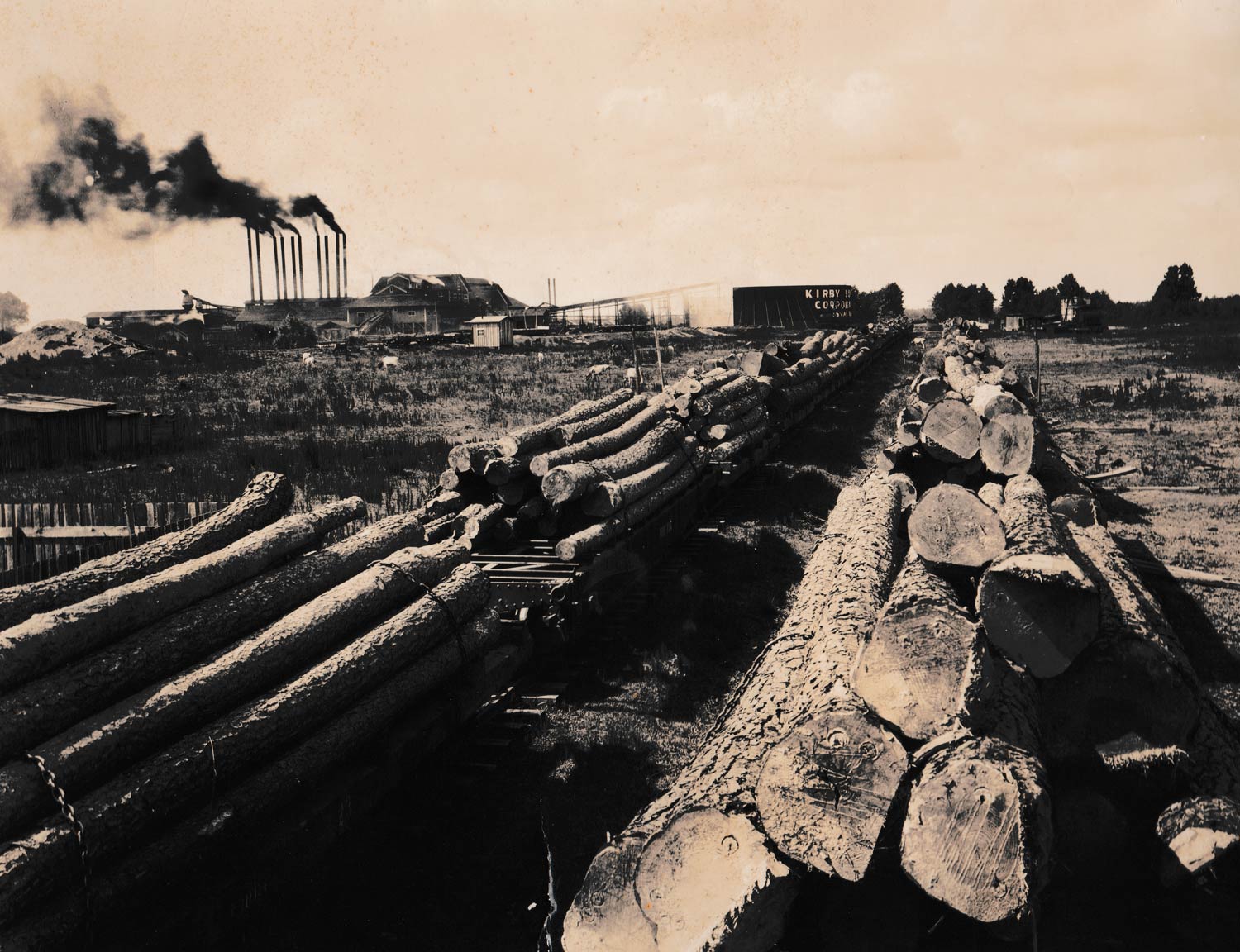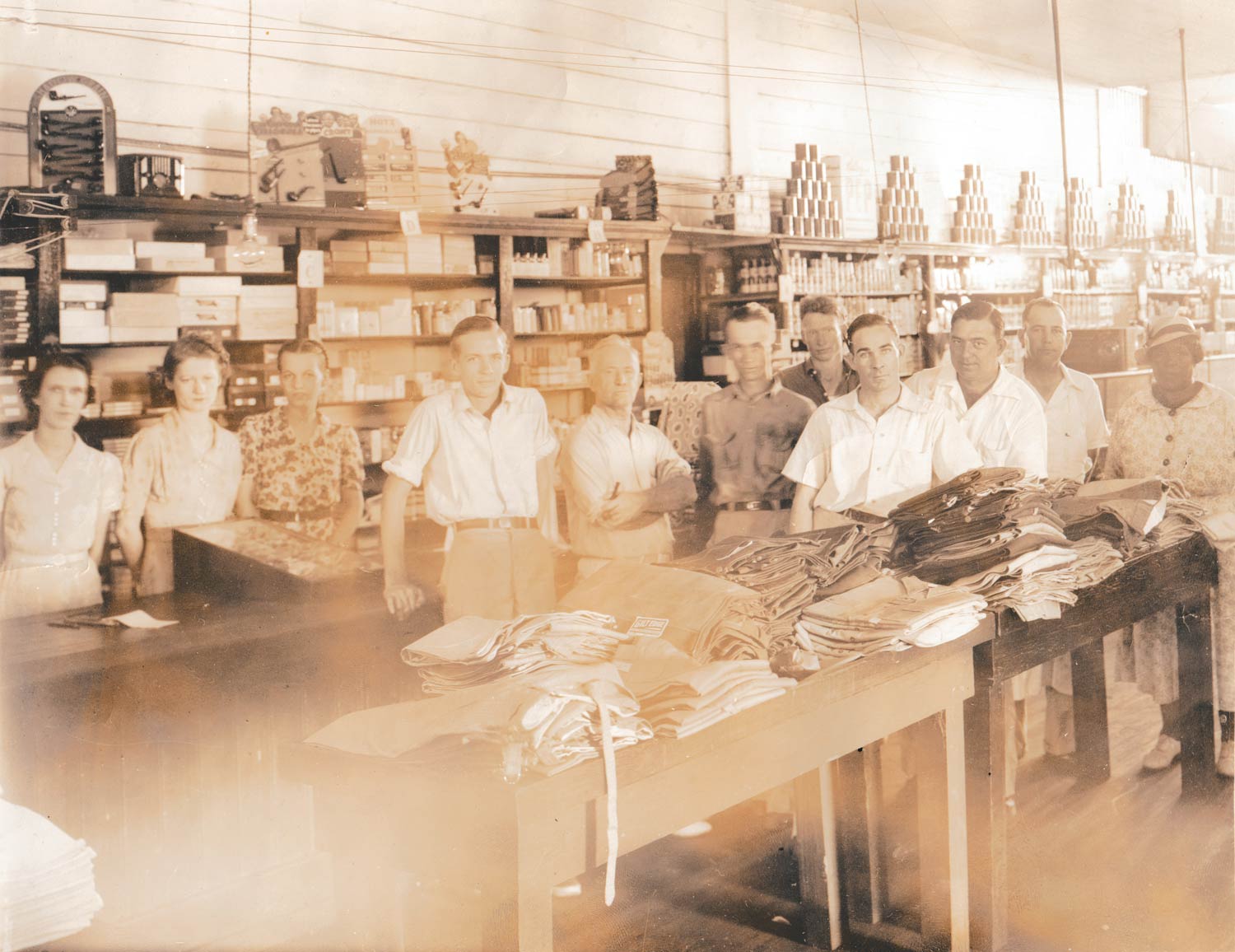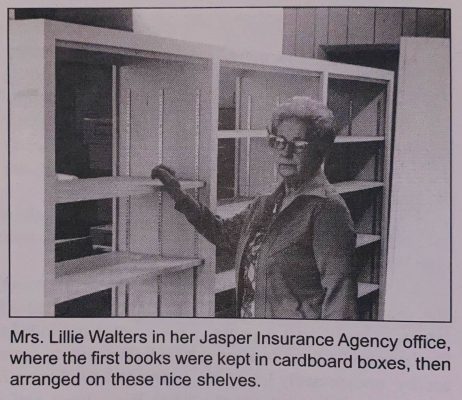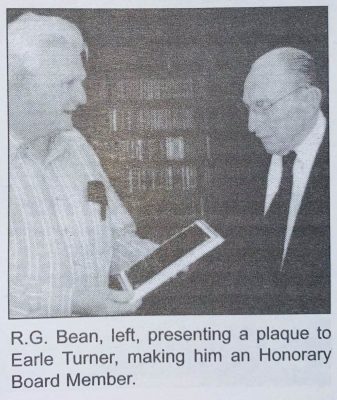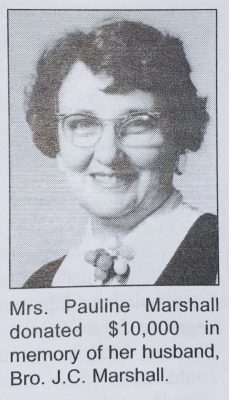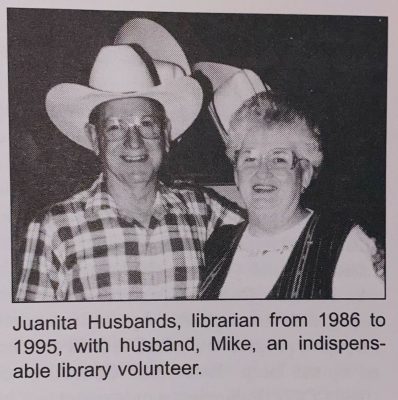Bettye Hughes, ardent supporter of the library from the beginning, died on June 23,
1990. She left a trust of $50,000 to the library. The principal was not to be used, and the interest was to only be used for utilities.
On February 9, 1994, the library honored another loyal library supporter, Earle Turner. A plaque was presented to him, commemorating the many years he and his late wife, Clarice Mixson Turner, had been a part of the “Friends of the Library.” Mr. Turner’s latest contribution was $23,000 to enable the library to go to a computerized, automated checkout system.
With another grant from Temple Foundation, the library was able to install computers with an automation program for circulation. The program began in September of 1994.
By June, 2000, local churches could make their materials viewed on the public library computer. At the same time an approval agreement was entered into with the Buna ISD enabling interlibrary loans between the entities.
Further grants received under the leadership of librarian Lena Haynes White have been: Lois
Lenski Foundation, $1000 for the purchase of children’s books; second Tocker grant in 1998 for $6,000 to purchase two computers with desks for public internet access; TIF grant in 1998 purchased four more computers and three desks; February, 2001, Gates Foundation gave two more computers for internet with desktops just for children who do not have internet access. Through Southwestern Bell surplus, desks and tables with chairs were obtained.
The 25th Anniversary Celebration of the Buna Public Library was celebrated on March 11, 1998. James Brown of KFDM Channel 6 was invited as a special guest, and to autograph his new cookbook, which he sold to many Bunaites. He also contributed his book to the library, along with a donation. In return, he was presented the book, Buna Remembered, The Places, which the local historians have published for the library.
Grants, donations, memorials and volunteers are a must to maintain small libraries. Buna has been fortunate to have Library Boards that have been frugal with funds, insuring that the Buna community has available the maximum books and materials its library can provide. Many have served on the board and know what it takes to provide the many services such as: Adult Literacy Program, led by Mr. and Mrs. Gerald Bean, who in 1990 had eleven tutors; GED program; craft lessons; Book Fairs; Children’s Reading program; Friends of the Library; Story Hour for small children, and many other services for the community.
The first paid librarian was Juanita Husbands, who retired in 1995 and continues to serve as a volunteer. Lena Haynes White became the new librarian. Both have clocked many hours in workshops keeping updated on library procedures, problems and solutions. Any grants available, which would be beneficial for Buna’s library, are pursued diligently by both ladies.
From approximately 2,407 library books and materials, and no income in 1974, to 25,281 books and materials, and operation in the black in 1990, the Buna Public Library has come “a long way, baby!”
A complete history of the local library which includes hundreds of pictures has been kept and organized by Juanita Husbands for the enjoyment of all.
(Information was researched and compiled by Juanita Husbands from Board minutes, notebooks, and personal interviews)



